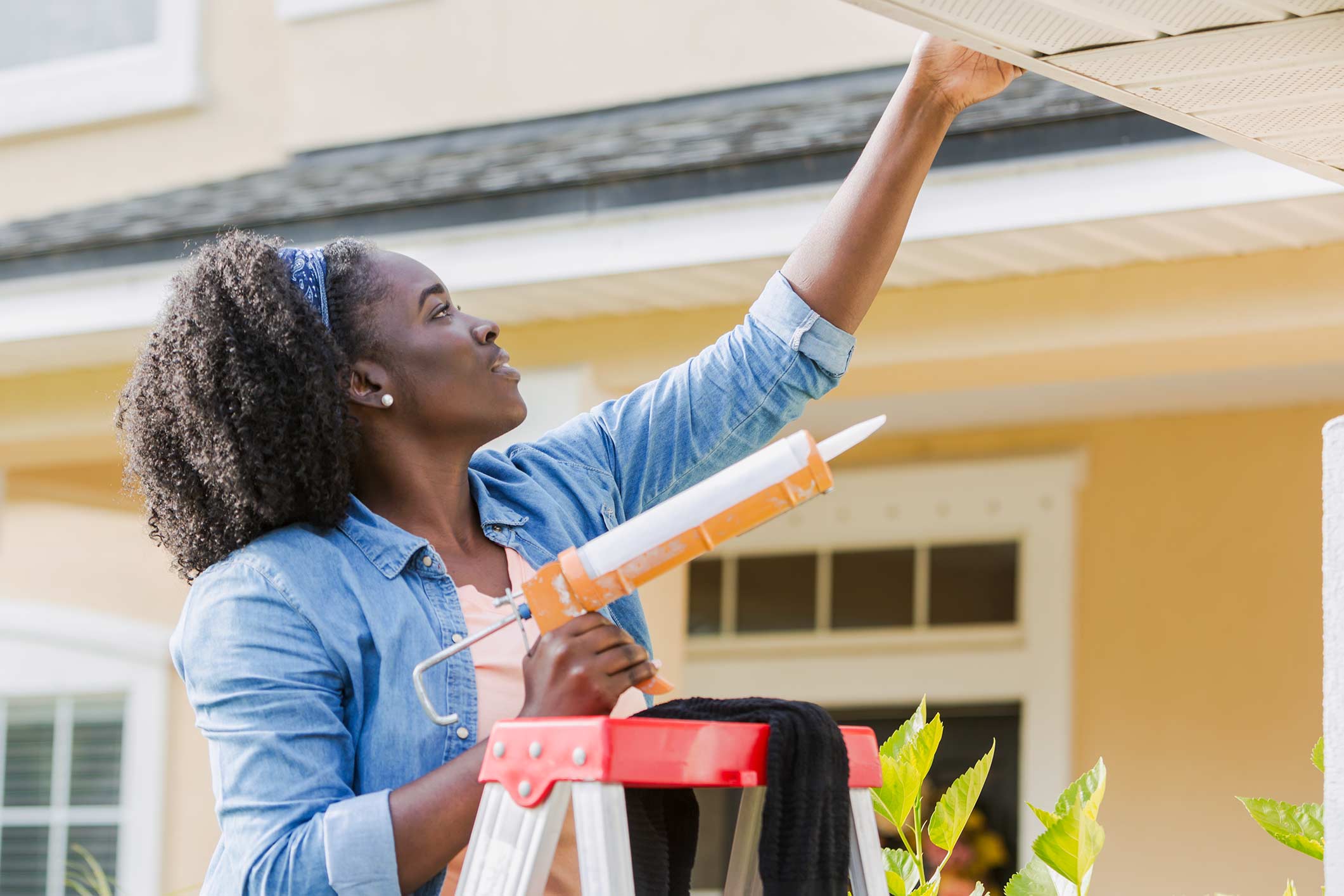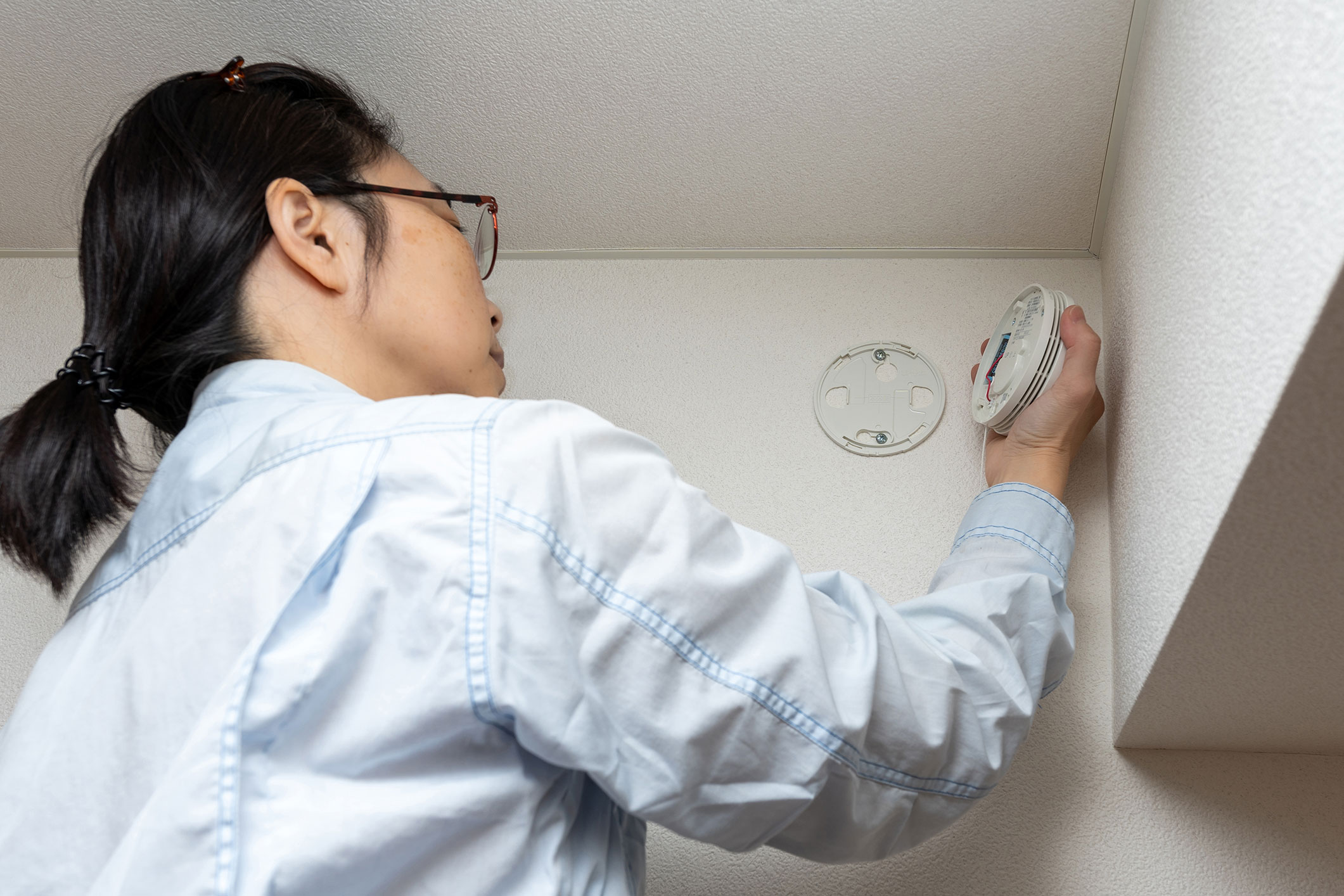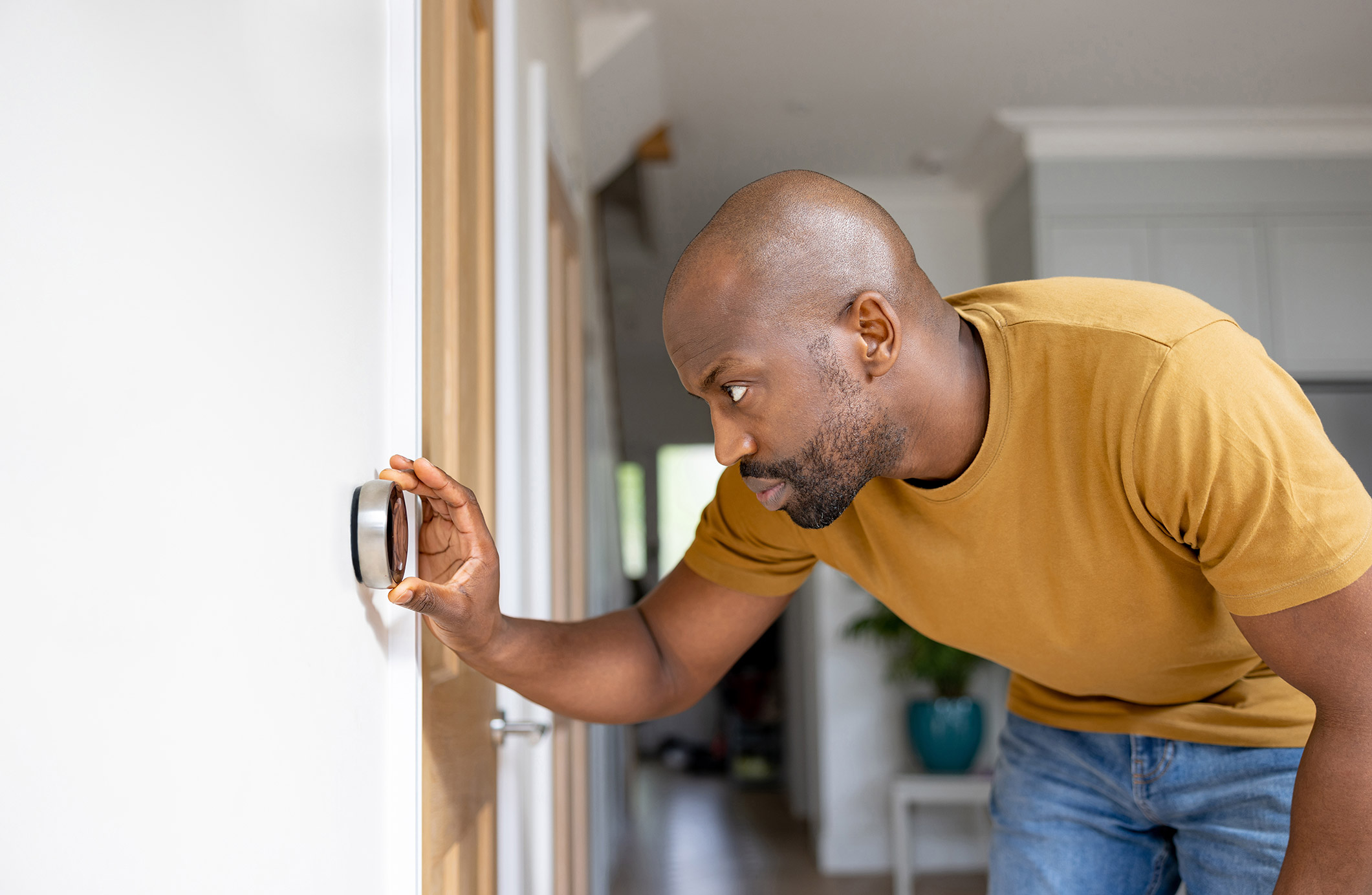Upgrades for a Healthier Home
Home projects that improve ventilation and manage moisture can result in a healthier environment and prevent or mitigate costly issues like mold, radon, and other air quality concerns in your home.
Boosting indoor air quality

According to the Environmental Protection Agency (EPA), the average American spends about 90% of their time indoors.
That matters because the concentration of some pollutants can be two to five times higher indoors versus outdoors.

And that can be good for the health of everyone in your household, especially those with respiratory problems, allergies, or weakened immune systems. In a study from Energy.gov, after making energy-efficient home improvements, people have reported experiencing fewer headaches and respiratory issues, as well as improved overall health.
Good air in, bad air out
Defend against radon
According to the National Institute of Environmental Health Services (NIH), radon is a naturally occurring radioactive gas that comes from other elements often found in rocks, soil, and water.
Although the colorless, odorless gas is commonly found in outdoor air at low levels, it can become dangerous if it begins to accumulate inside a building — like your home. That’s because radon gas releases radioactive particles that, when inhaled, can damage your lungs.
Cracks in your home’s foundations, floors, and walls can allow radon inside as it moves through nearby soil or groundwater. Basements and crawlspaces are especially vulnerable to radon, but it can build up to dangerous levels anywhere — whether your home is new or old, big or small.
Test your home regularly for radon.
No matter where you live, you should test your home for radon to ensure that levels aren’t of concern. Visit the EPA’s map of radon zones to find resources in your area. Whether you hire a professional, or use an at-home kit to test the levels of radon, the EPA says you should fix your home if the level reads 4 picocuries per liter (pCi/L) or higher. Levels less than 4 pCi/L can still be a risk and may be reduced with mitigation techniques.

Proper ventilation goes a long way in keeping moisture and other potentially harmful elements at safe levels in your home. You can improve your home’s ventilation in several ways:
- Use a HEPA filter in your HVAC system to reduce the circulation of pollutants and allergens.
- Make sure bathroom fans are functioning properly.
- Install a whole-house ventilation system, which mechanically pulls in fresh air and pushes stale air out and can, in some cases, lower your energy bills.
- Install insulation with moisture management capabilities to avoid trapping moisture in walls.
Find local home improvement savings programs
Need help funding home improvements?
Our home improvements savings finder makes it simple to search for incentives, tax credits, grants, and more to help fund home upgrades and repairs.


Find energy savings programs
There are many programs that can make home energy upgrades more accessible. Our Energy Savings Program Finder can help you find which ones could work best for you. When it comes to improving the energy efficiency of your home, the right incentives can make a good idea even better.






